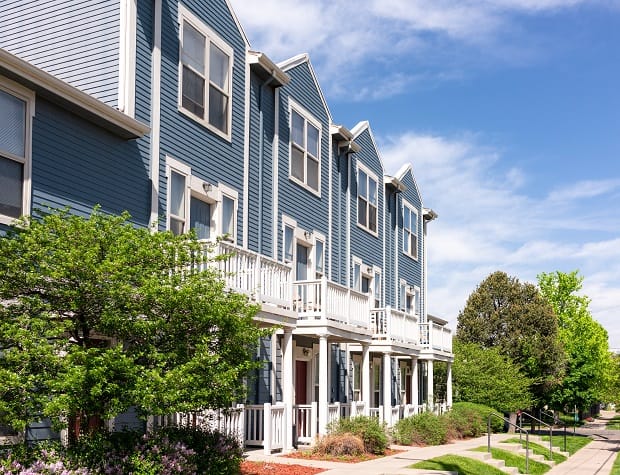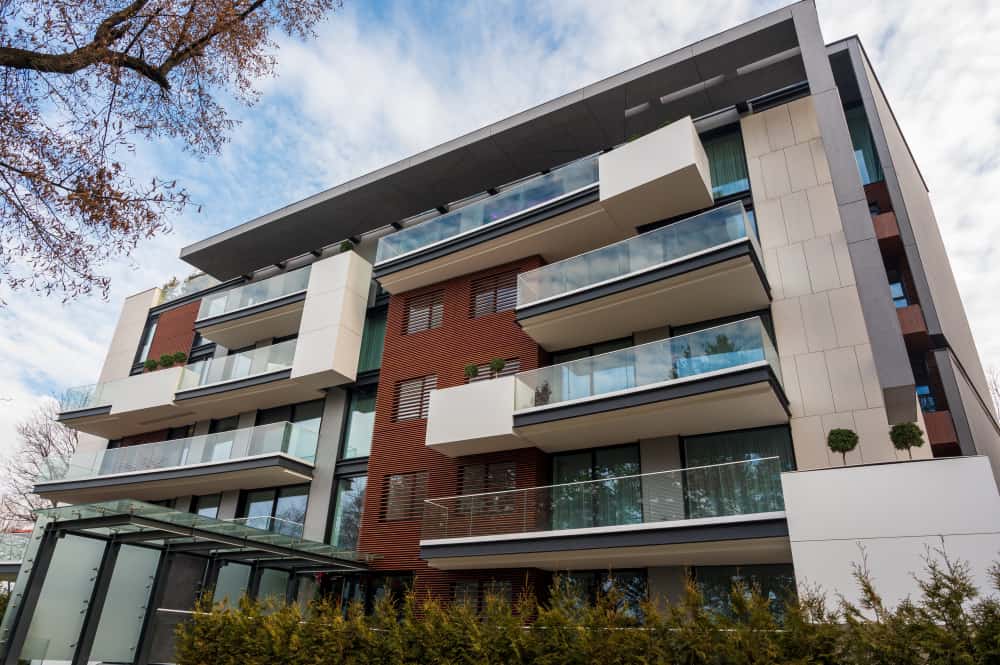Menu
There are several types of multi-family investment properties. Perhaps you’ve noticed a couple of nice apartment complexes for sale in your Ohio neighborhood. Maybe you’ve always been interested in investing in multi-family properties.
The first thing you should ask yourself is: What Should You Buy, Multifamily or Single Family?
Multi-family structures are longer-term investments than single-family homes. Complexes take longer to sell and are more complex to manage. However, when handled correctly, owning a multi-family property can be a great source of income.
Which property is right for you, and which class of building, will depend on whether you want to manage the property yourself, if you need to hire professional property managers, and other factors.
| Special-Purpose Housing | Student Housing | Seniors’ Housing | Subsidized Housing | Short-Term Rental |
|---|---|---|---|---|
| A multifamily property in any style targeting a specific population segment | A multifamily property in any style targeting a specific population segment | Housing for senior citizens providing certain levels of care | Housing for renters with special needs or low incomes; made accessible by rent and income restriction | A short-term rental is a furnished living space available for short periods of time, from a few days to weeks on end. Short-term rentals are also commonly known as vacation rentals and are considered an alternative to a hotel. |
| High-Rise | Mid-Rise | Garden-Style | Walk-Up | Manufactured Housing Community | Duplex |
|---|---|---|---|---|---|
| A building with at least one elevator and nine or more floors. | A building with an elevator. | One, two, or three-story apartment building in a garden-like location; it may or may not have elevators | A four- to six-story building without an elevator | A community in which ground sites are leased to owners of manufactured homes | A duplex features a house-like floor plan for a more affordable price than a single family home. It’s also an upgrade from a typical apartment or condo, with added amenities like semi-private outdoor space. |
There are different classes of multifamily properties.
CLASS - When deciding on a particular property, consider the class of the building and not the size.
| A&B | C&D (Probably not suitable for first-time investors) |
| Class A & B properties have a lower CAP rate | Class C&D properties have a higher CAP rate |
| Okay for out-of-towners with Management company | Smaller properties not suitable for distant or out-of-state investors |
| Management companies easily acquired | Fine for handymen – Only (DIY fixing) |
Real estate investors need to be aware of what phase a property or area is in before investing and how that can affect their overall strategy.
Even though it’s easy to understand the risks on the surface, it’s another thing to actually experience them first-hand. If you are considering investing in multi-family properties, work with the team of real estate investors at Perfect RealEstate Investments for personalized advice, honest opinions, and expert guidance.
You Have Questions — We Have Answers

Any commercial property investment has benefits but also presents some challenges, or risks. You need to carefully consider your decisions carefully and be fully informed. The good news is that when you work with Perfect RealEstate Investments, you will have a dedicated investment advisor on your side.
If you’re new to property investment, you need to consider RISK and COST. When you’re new to the business and don’t have a previous property investment it’s easier to qualify for loans. The properties themselves show lenders that the properties are already or can quickly become profitable.
Existing properties have a track record, which means both a smaller cost and a lower risk.
Ohio has seen phases of growth and decline, but regardless of the economy, people still need housing. As an example - families who need to downgrade from a single-family home move into an apartment complex where the cost of living is lower. That means an increase in demand for rentals which can actually improve your profit margins because of increases in potential tenants.
One of the risks of investing in single-family homes is having a vacant house when a tenant moves, which means your income drops to zero until it can be rented again. On the other hand, with a multi-family property, that has for example 20 units and has 5 tenants leave, the other 15 units continue to supply a steady cash flow so revenue will still be enough to cover any expenses.
Residential rental properties can be used as short-term or vacation rentals for higher income potential. These could be a furnished duplex, a unit in an apartment building you own or even a single-family home that is offered to a guest on a short-term rental (30 days or less). They are accommodations for corporate renters, medical travelers, people who are in the area for entertainment purposes and events such as weddings, parties, people who are visiting for academic reasons and of course tourists.

Dedicated To Helping You Navigate The Multi-Family Property Investment Market
Every commercial property investment, no matter how reliable it seems, has its own challenges and risks. If you are thinking of investing in a multi-family property, working with an experienced and knowledgeable commercial real estate investment professional can help. Get advice and guidance from Perfect RealEstate Investments.
Other commercial properties have longer term leases – typically for a minimum of three to five-year leases for industrial, retail or office. Residential properties typically only offer 12 to 14-month leases. While this does allow for raising rents during a period of high demand, there downside issues:
There is an increased risk of tenants moving after their one-year lease is up which creates pressure to quickly market empty units, plus the need to find new tenants, and deal with maintenance costs associated with tenants moving in and out.
The greater the number of units, the greater the demand for maintenance service. A multi-family investment property must be closely managed and kept up to date to ensure all essential symptoms are working efficiently, such as plumbing, HVAC, and electrical.
With more people, there may be more late-night calls for maintenance as well. When considering this type of investment property, you will need to ask yourself if you have time to manage the property or if you will need a professional property management company.
You may have noticed yourself that some Ohio neighborhoods grow and others decline.
Conditions
Growth: The area/property gains acceptance and experiences growth | Stability: Growth levels off and the area maintains a level of stability without significant gains or losses | Decline: The area/property begins to decline and demand decreases | Renewal: There is a period of rejuvenation as the market increases and the phases start over |